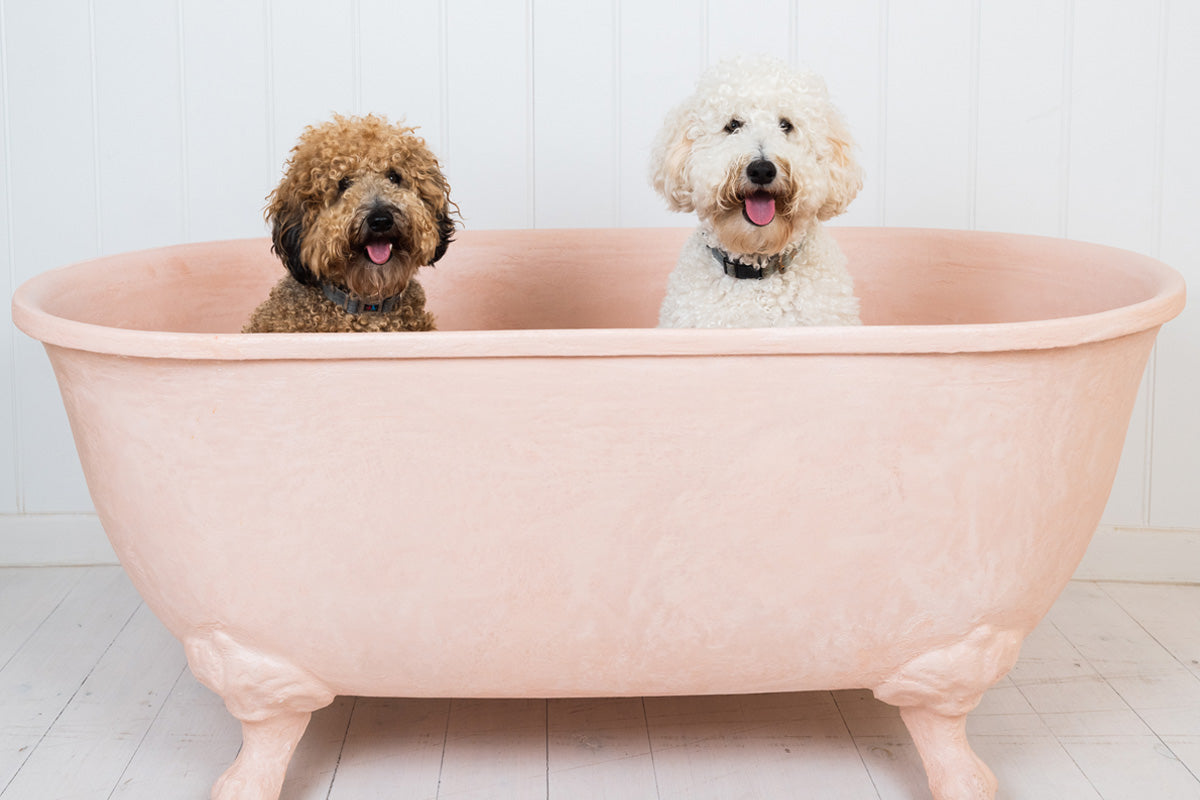Got a question?
Can’t find an answer on our blog? Click here to ask Dr Lisa.
Please select your store

We will include your personalised message on an elegant gift card and your order will be wrapped in a beautiful gift box.

The dog that you choose must be right for you and your family’s needs, and equally important, you must be right for the dog. Adopting a rescue dog is a heartwarming experience, especially when you see them thriving in their new loving home.
Before you start searching for a suitable dog, it is really important to work out whether you are actually suitable to have a dog.
As a dog owner myself, I can tell you that dogs take up a lot of time and money. They will need daily – if not twice daily – walks, food, play time, grooming and trips to the vet. It can cost up to $30,000 to feed and care for a pet over the course of its life, and this doesn’t include any unforeseen emergency veterinary treatments.
Also consider whether you are planning on travelling or having a baby in the near future – if so, you shouldn’t adopt a dog. Don’t ever choose a dog impulsively – it’s a recipe for disaster, and is often the reason why so many dogs are surrendered or abandoned.
Once you are comfortable with this, you can begin looking for your perfect match. Adopting a rescue dog is a very special thing to do – you are giving an abandoned or even mistreated dog a second chance. It’s so important to choose a dog that is right for you, as the last thing we want is for them to end up back in the shelter because you made the wrong choice. You may need to be patient – it can take many months to find the right dog, but it will be worth the wait!
Write down a list of your needs. Some things to consider are:
The next step is to visit the shelters. When you’re there, chat to staff about your requirements. Some questions to ask include:
Once you have worked through the above, it’s time to see if you have an emotional connection with the dog. Most people can feel a bond straight away, and if you and the dog are right for each other, that bond will strengthen each day.
I always recommend that people have a trial period of two to three weeks with their rescue dog. This is a good way to work out whether you and the dog are happy. If things aren’t right, it’s better to know sooner rather than later so that something can be done about it.
It’s important to take your new dog to the vet for a check up and to work out their healthcare plan. I also suggest signing up for a pet health insurance policy as soon as you get the dog. This will provide some financial peace of mind if any unforeseen accidents or illnesses occur.

Can’t find an answer on our blog? Click here to ask Dr Lisa.